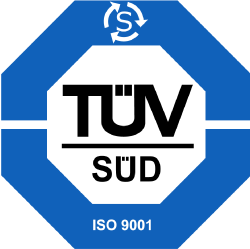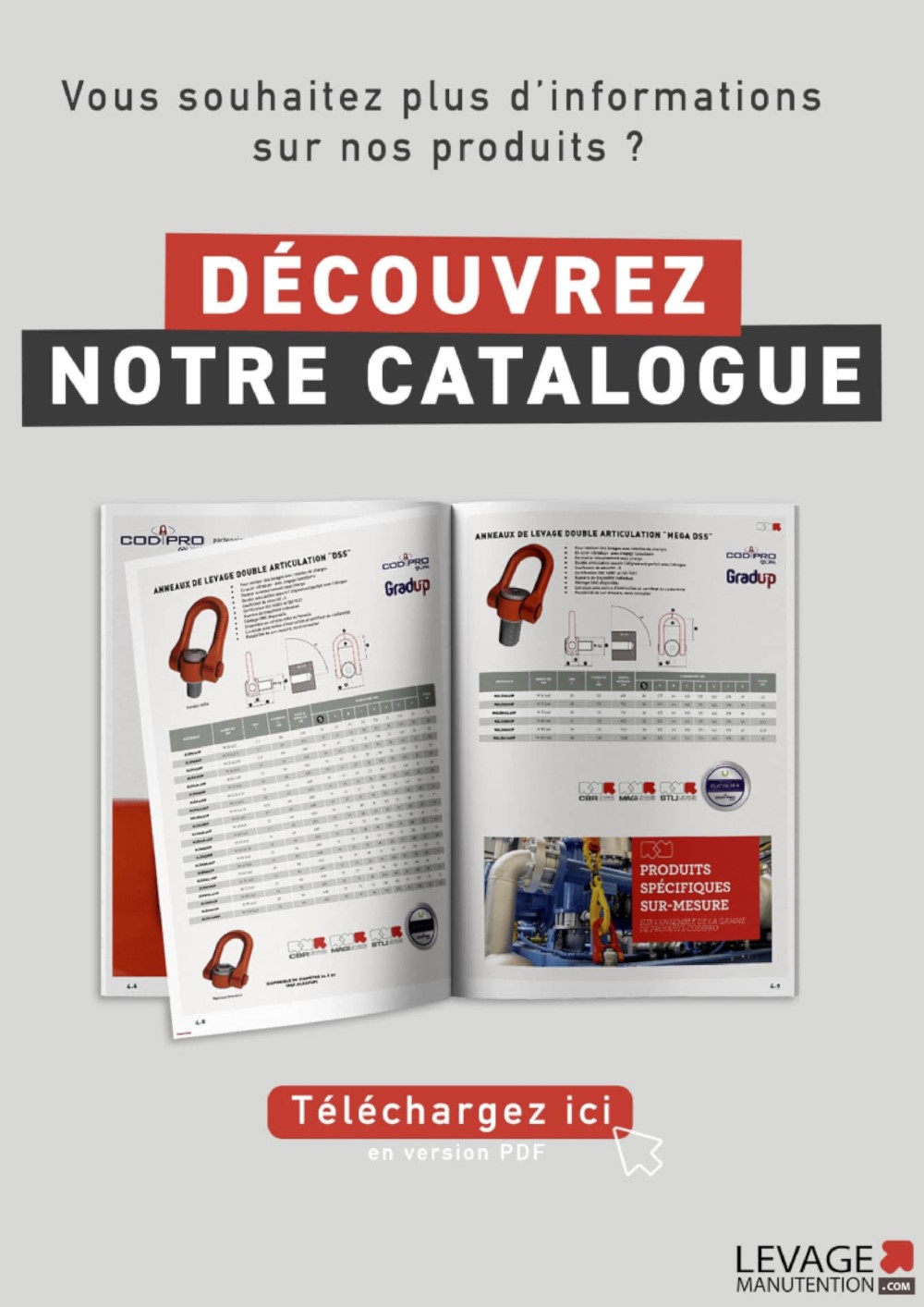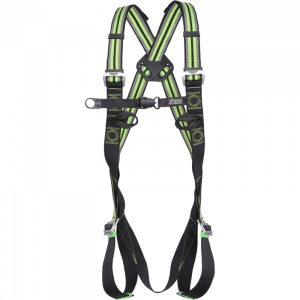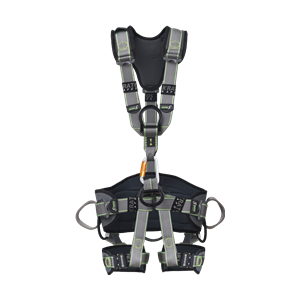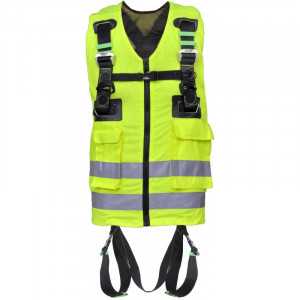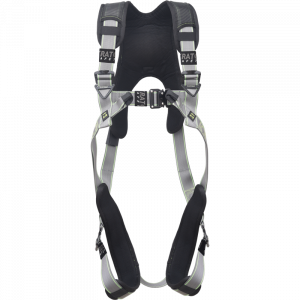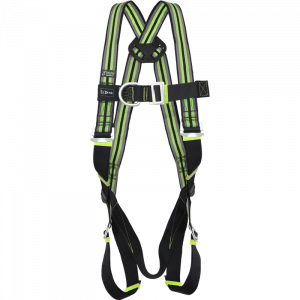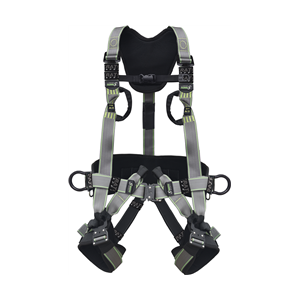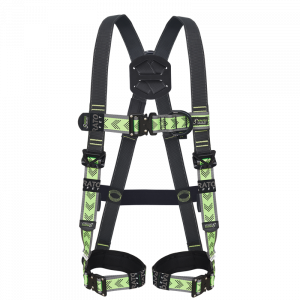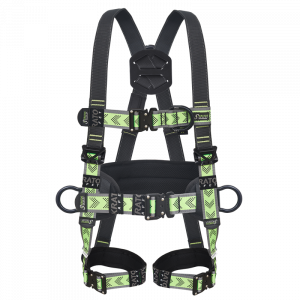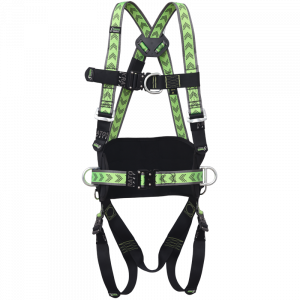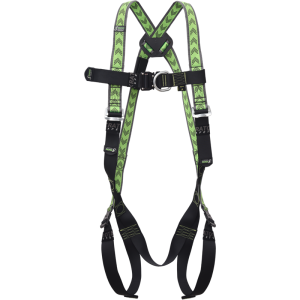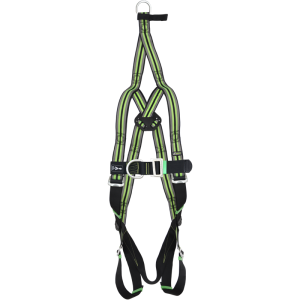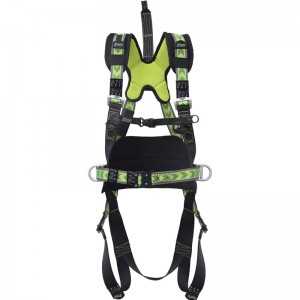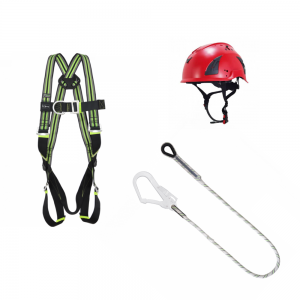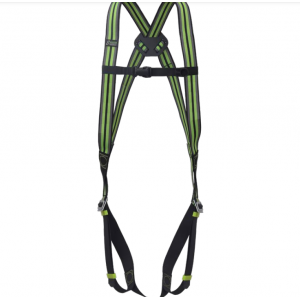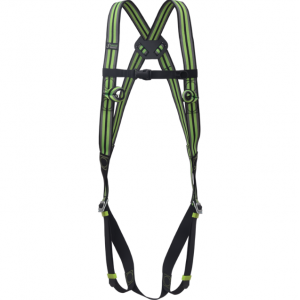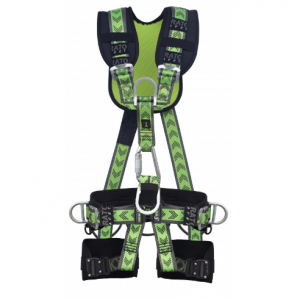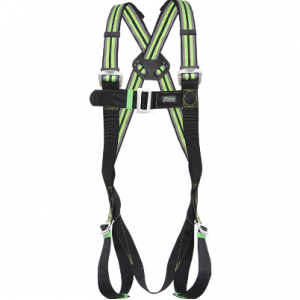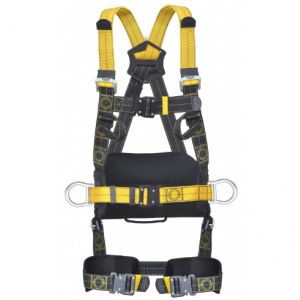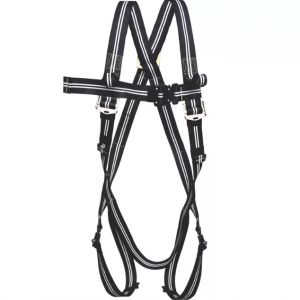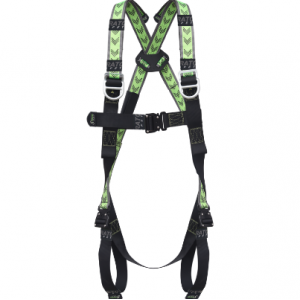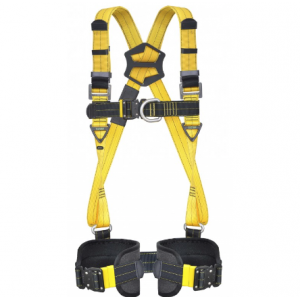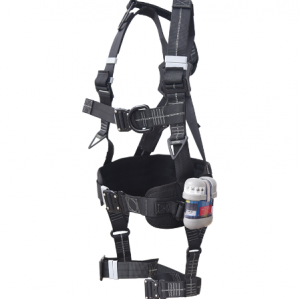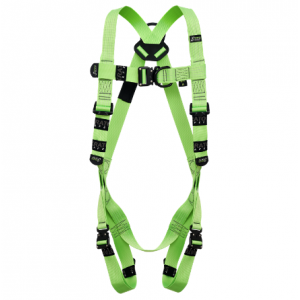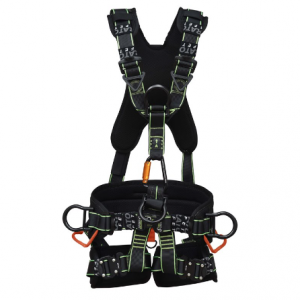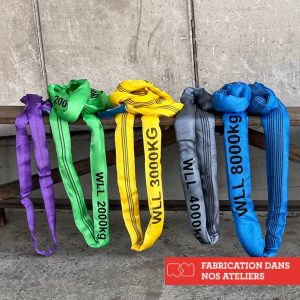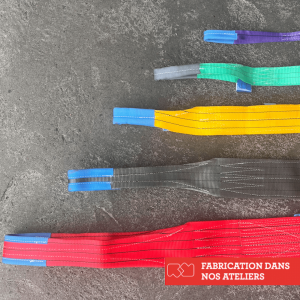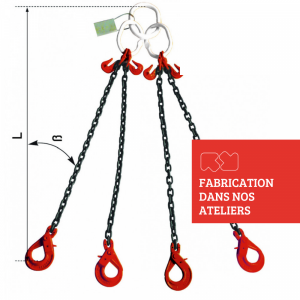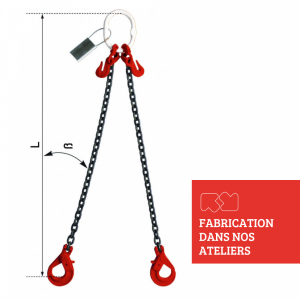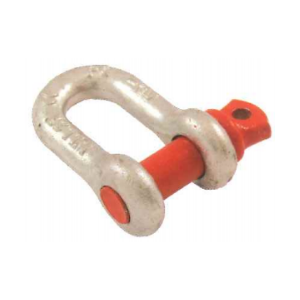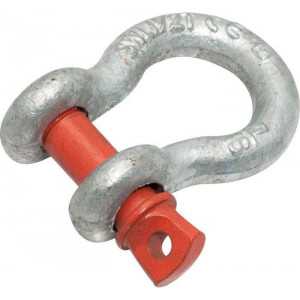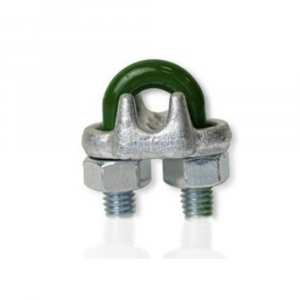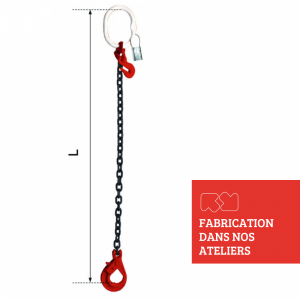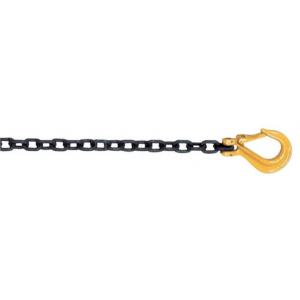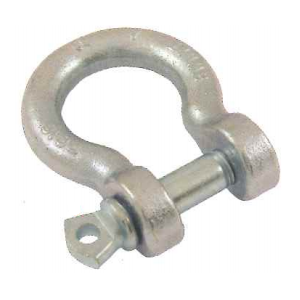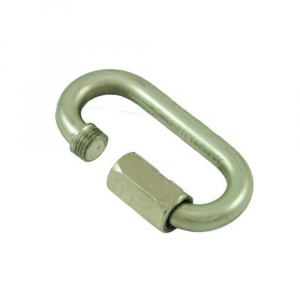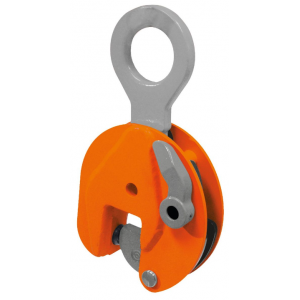HARNESS
For any work at height, wearing a safety harness is essential to ensure your safety and avoid any risk of falling. The fall arrest harnesses adapt to your morphology and have sternal, dorsal, lateral and ventral attachment points while guaranteeing your comfort.
How to choose your harness ?
To choose your safety harness, you must first know the work environment in which it will be used. The harness can be used for work restraint, work positioning, fall arrest, suspension work or rescue.
There are several types of safety harnesses with a different number of attachment points ranging from 2 to 5 and different standards.
Then choose your harness based on your height, weight and comfort.
For more information on safety harnesses, please contact our customer service.
Safety harness : definition
The harness is a fall arrest device that allows a person to attach or hang from a rope. Safety being a major point in the context of work at height, it is an essential PPE to avoid the worker any risk of falling from height.
Description of the safety harness
The harness is part of a standardized belay chain from start to finish. It is mainly attached to a fall arrest device such as a fall arrester with automatic return (also called stop fall), fall arrest lanyards and sliding fall arresters (on rope or cable).
The safety harness is PPE, which means that individual use is strongly recommended. However, in some establishments, shared use is sometimes implemented. In this case, a systematic control protocol between two users is set up. This protocol is very important because it allows the equipment to be kept in good condition, but also to trigger corrective action in the event that an anomaly is found.
The fall arrest harness must have one or more "A" markings (for fall arrest), which indicates the attachment point for the fall arrest lanyard. It must also have a label with the "CE" marking. Finally, it must have a belt with two or three attachment points for the lanyard.
Use of safety harness
Before working at height
Before putting on the harness, you must first check its condition and locate the back attachment point. Then, the harness must be put on, making sure that the back attachment is in the back. In addition, it is necessary to adjust the straps at the level of the legs as well as at the level of the torso. The entire procedure is completed by closing the sling.
It is important to check that the harness covers the entire torso of the user and that it holds the pelvis. The safety harness can also be easily and accurately adjusted using a buckle and strap system. This PPE can therefore be adjusted by the user according to his morphology for maximum comfort and safety. There are also models adapted to women available online on our site.
Using a harness while working at height
On a harness, you will find different types of hooks, intended for a specific use. For example, for the reception of a fall, you will only use the dorsal or sternal attachment.
For lateral or ventral attachment points, a shock, even if cushioned by an absorber, can cause injuries. In fact, ventral and lateral points are reserved solely for holding on to the work station, with lanyards or for moving with a descender or a "croll" type blocker.
There is a training course called "fall arrest training" or "training for work at height" to train employees in the proper use of fall arrest harnesses.
How to choose a fall arrest harness ?
Safety harnesses (including holding harnesses and fall arresters) are category III personal protective equipment. They are necessarily supplied with an instruction manual that describes the dimensions of the different sizes of harnesses. These dimensions can change depending on the manufacturer. In order to find the right size, it is necessary to know the dimensions of the thigh, belly or chest circumference.
When to change your harness
There are 3 cases in which a change of harness is necessary or even mandatory. The first situation is when the expiration date is exceeded. It is the manufacturer who determines the conditions of use of his product. The safety accessory must not be used beyond this date. The second situation corresponds to the evolution of the use of the harness. Indeed, if the type of place on which you work changes (for example, from a roof to a facade), the style of harness will change. The third and final situation is when one of the checks (periodic or daily) detects a deterioration that could affect the strength or adjustment of the harness.
Safety harness legislation
In 2022, the European standard EN 361 was adopted. This standard sets the requirements for the manufacture of safety harnesses. In order to comply with this regulation, fall arrest harnesses must be composed of a dorsal or sternal attachment, shoulder straps, a pair of leg straps and adjustment buckles and straps. At Levage Manutention, we respect your safety with products that comply with current standards.
Harness inspection
To date, there are two types of harness inspections. There is the daily inspection and the periodic inspection. For the daily inspection, the instructions for the inspection are given in the manufacturer's manual and in the training course for the use of the harness. As far as the thorough inspection is concerned, the INRS defines the safety equipment that requires a periodic inspection. The purpose of this verification is to inspect the fall arrest PPE to ensure that it is in good condition, but also to test all moving parts. Auditors must be trained for this job. At the end of the inspection, the expert writes a report to certify the inspection.
Levage Manutention, supplier of safety equipment
As a manufacturer and distributor of your lifting and handling products, we are committed to guaranteeing your safety during your operations at height. This is why we have selected a wide range of products from our partners, specialists in their field. We work with Kratos Safety to guarantee your safety while offering you a comfortable and ergonomic selection.
All our products are available for delivery anywhere in France. If you want more information on our range of safety products, contact our expert service, they are at your disposal from Monday to Friday between 8am and 5:30pm. Your quote is free of charge. Finally, if you want information on the use or safety of our products, a blog is available online.

